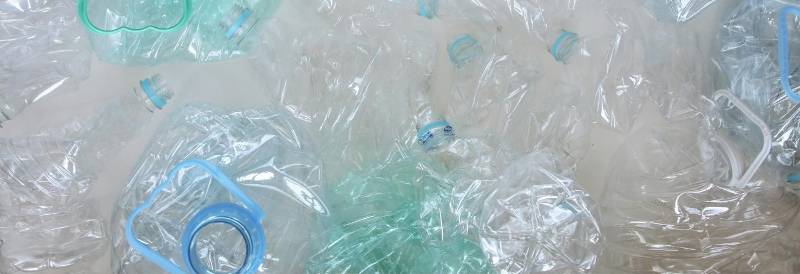Florey researchers have found evidence of higher levels of the plastic chemical bisphenol A (BPA) in pregnant mothers who gave birth to sons with autism.
Research published in Nature Communications, led by Florey scientists Dr Wah Chin Boon and Professor Anne-Louise Ponsonby, supports the hypothesis of a possible link between autism and exposure to plastic chemicals in the womb.
Professor Ponsonby said the researchers analysed two large birth cohorts – the Barwon Infant Study (BIS) in Australia and the Columbia Centre for Children’s Health and Environment in the USA.
“Exposure to plastic chemicals during pregnancy has already been shown in some studies to be associated with subsequent autism in offspring,” Professor Ponsonby said.
“Our work is important because it demonstrates one of the biological mechanisms potentially involved. BPA can disrupt hormone controlled male fetal brain development in several ways, including silencing a key enzyme, aromatase, that controls neurohormones and is especially important in fetal male brain development. This appears to be part of the autism puzzle.”
The study examined children with lower levels of the enzyme aromatase, which in the brain converts testosterone to neuroestrogen, Professor Ponsonby said.
The link between BPA presence and autism was particularly evident in the top fifth of boys with vulnerability to the endocrine-disrupting properties of this chemical. That is, those with lower levels of the enzyme aromatase. The study found boys in that group, who were born to mothers with higher urinary BPA levels in late pregnancy were:
3.5 times more likely to have autism symptoms by age 2 years.
6 times more likely to have a verified autism diagnosis by age 11 years than those whose mothers had lower levels of BPA during pregnancy.
In both birth cohorts, mechanistic evidence demonstrated higher BPA levels were associated with epigenetic (gene switching) suppression of the aromatase enzyme overall.
In laboratory work, Dr Boon studied the impact of prenatal BPA on mice.
“We found that BPA suppresses the aromatase enzyme and is associated with anatomical, neurological and behavioural changes in the male mice that may be consistent with autism spectrum disorder,” Dr Boon said.
“This is the first time a biological pathway has been identified that might help explain the connection between autism and BPA,” she said.
Professor Ponsonby said BPA, similar bisphenols and other plastic chemicals with endocrine-disrupting effects are now widespread and almost impossible for individuals to avoid.
“We all ingest plastic chemicals in many ways – through ingesting plastic food and drink packaging, inhaling home renovation fumes, and through the skin from sources such as cosmetics. There are so many ways these chemicals enter our bodies, so, it’s not surprising that BPA was present in a large proportion of the women’s urine samples we studied. It’s important for us to understand how these plastics affect our health,” Professor Ponsonby said.
These findings are now feeding into public safety regulators which update safety recommendations on manufactured chemical exposure, including plastic chemicals, during pregnancy and early life.
The team also looked for ways to reduce the adverse effect of BPA on the aromatase system.
Dr Boon added that a type of fatty acid called 10-hydroxy-2-decenoic acid tested in mice could be worth further investigation.
“10-hydroxy-2-decenoic acid shows early indications of potential in activating opposing biological pathways to improve autism-like characteristics when administered to animals that have been prenatally exposed to BPA. It warrants further studies to see whether this potential treatment could be realised in humans.”


